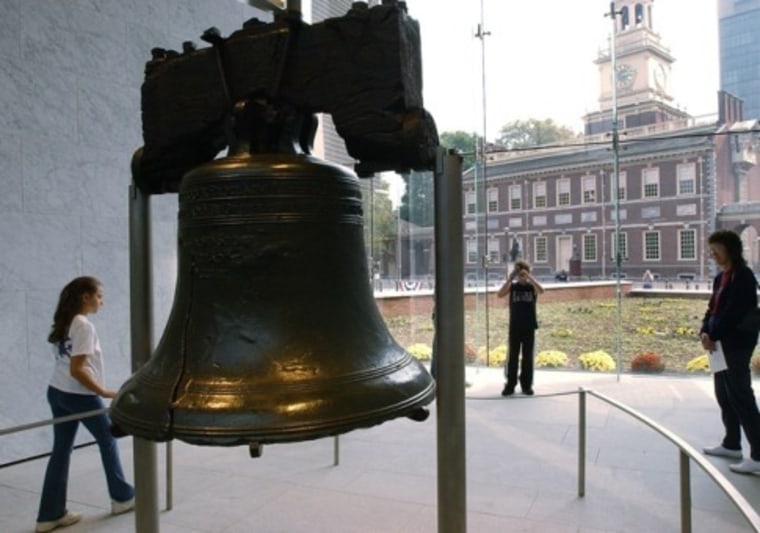Avid travelers are a tough crowd to slow down. Even though nationwide unemployment is hovering near 10 percent and the global economic downturn slashed jetsetters' budgets, some U.S. spots managed last year to lure tourists.
Forty-eight million people visited Orlando in 2009. That, combined with a 12 percent year-over-year increase in overseas visitors and a hotel occupancy rate of 60.7 percent, made it America's top spot for travelers.
Though domestic travel spending declined 9 percent in 2009, according to Mintel, a global market research firm, and statistics from the U.S. Department of Commerce show that the foreign travel market also shrank, other cities also managed to draw millions of travelers. The number of foreign visitors to Miami and Philadelphia rose. And while occupancy rates at U.S. hotels declined overall last year with many at around 50 percent (down from 81 percent in 2008), New York managed to fill 77 percent of its rooms, helping it to No. 2 on our list. Rounding out the top five most-visited U.S. cities are Chicago; Anaheim (Orange County), Calif.; and Miami.
Behind the numbers
To compile our list of America's most-visited cities, we used 2009 statistics in the country's top 20 markets, as defined by Smith Travel Research. A market is defined as a geographic area composed of a Metropolitan Statistical Area, a group of Metropolitan Statistical Areas or a group of counties. A market must contain a sufficient number of hotels to permit further subdivision into submarket and price segments. Cities were judged on the number of foreign arrivals as reported by the Department of Commerce; occupancy rates as determined by Smith Travel Research; and the U.S. Travel Association's information on tourism's economic impact. The list was then narrowed by the total number of 2009 visitors, as provided by the cities' individual visitors and convention bureaus.
It is arguable that warm-weather states draw the most visitors amid a recession. Cities in Florida and California took four of the spots among the top ten. Florida's travel spending hit $68.9 billion, and the tourism industry employs 759,500 people, according to the latest numbers from the U.S. Travel Association. California saw travelers spend $96.2 billion and sustain 864,800 jobs.
and Anaheim/Orange County top California's entries, but two other cities--Los Angeles and San Francisco — just missed making the list, which shows just how popular a destination the state is as a whole. The state's top draw, Anaheim/Orange County, reeled in 42.7 million visitors, many of whom were presumably theme-park attendees.
While that tally was lower than it was in recent years, Orlando seems to hold steady year after year, with the local Convention and Visitors Bureau reporting that the visitor count rose from 48.7 million to 48.9 million, the majority dispersing among the area's multiple amusement parks. Disney World's Magic Kingdom alone got about 17 million visitors, which truly demonstrates the power of the Mouse.
Sin City's staying power
Heading into summer, the key travel season, Orlando isn't likely to slow down for a breather. The American Society of Travel Agents recently released its Summer Hot Spots Travel Survey in which they polled travel agents across the country on which destinations were getting the most inquiries from their clients, and the Florida city led with 17.7 percent of the responses, followed by Las Vegas with 16.2 percent.
Admittedly, Vegas, sixth on our list, has been one of the hardest-hit destinations during the recession, with its 6 percent overall decline in international travel last year. But even after adding more than 10,000 hotel rooms with the opening of CityCenter, the Hard Rock's new tower and other developments, the city's hotel occupancy rate — at 81.5 percent — is still higher than that of any other on our list.
Of course, many of Vegas' hotel rooms remain deeply discounted while other cities are slowly returning to charging their standard rack rates.
Overall, industry confidence is also returning, as reported by the UNWTO World Tourism Panel, whose preliminary outlook for 2009 and year-end evaluation matched at 71 and 72 points respectively, but who gave 2010's prospects a much sunnier 131 points.
